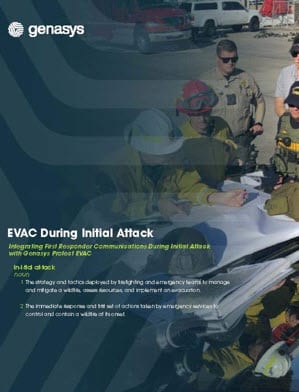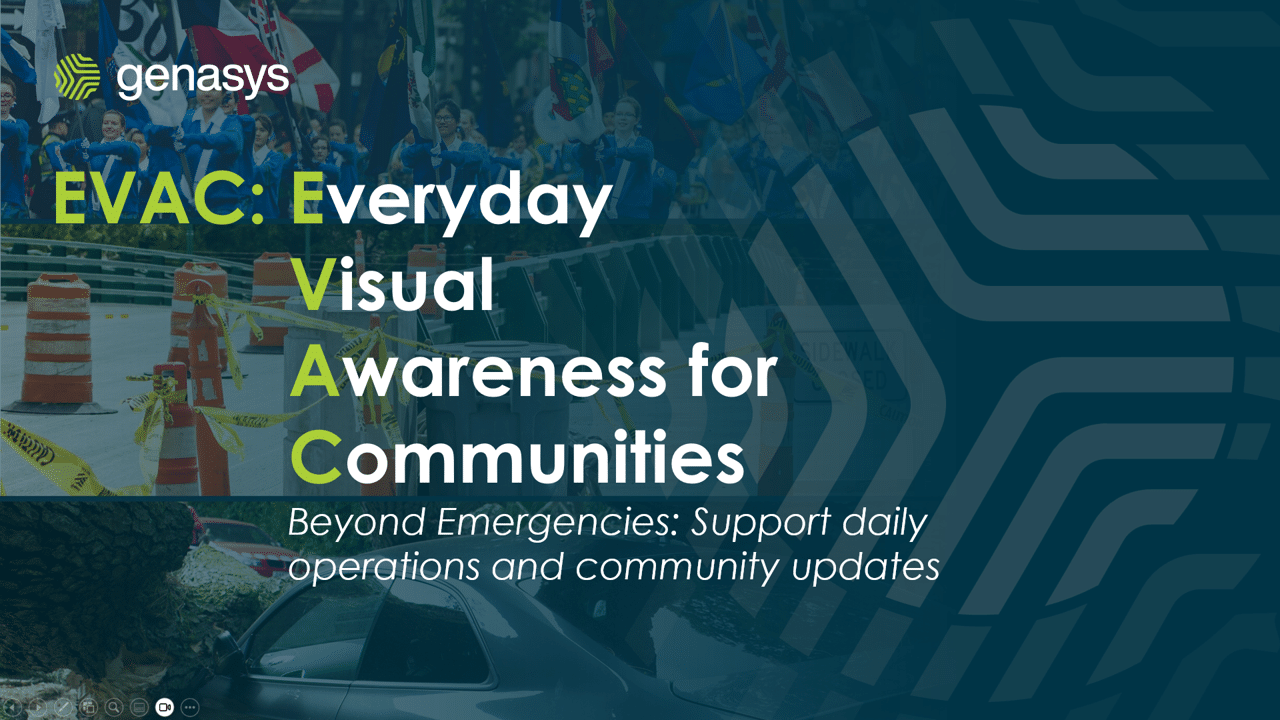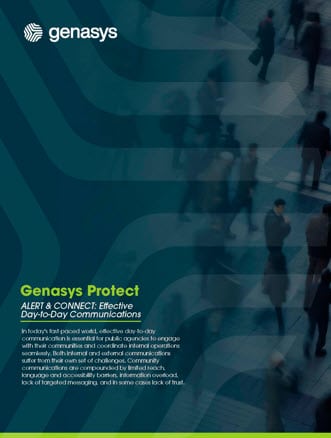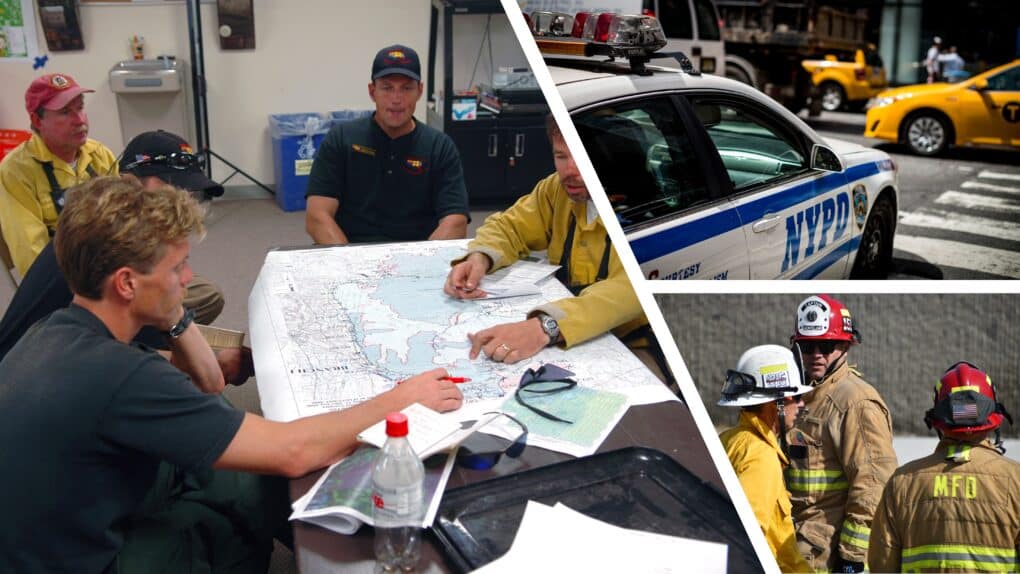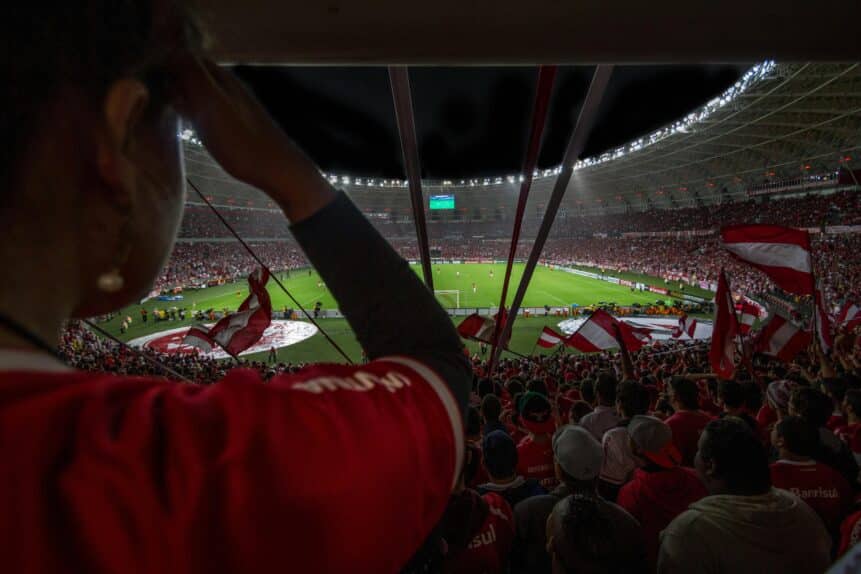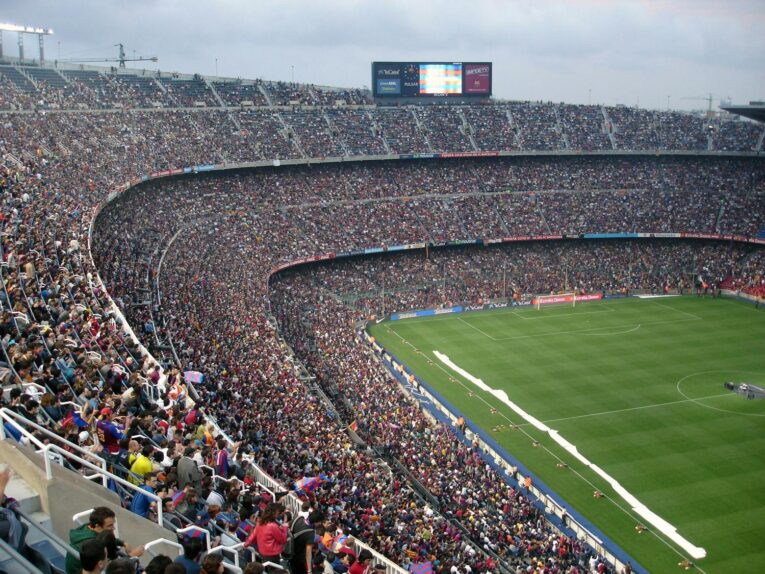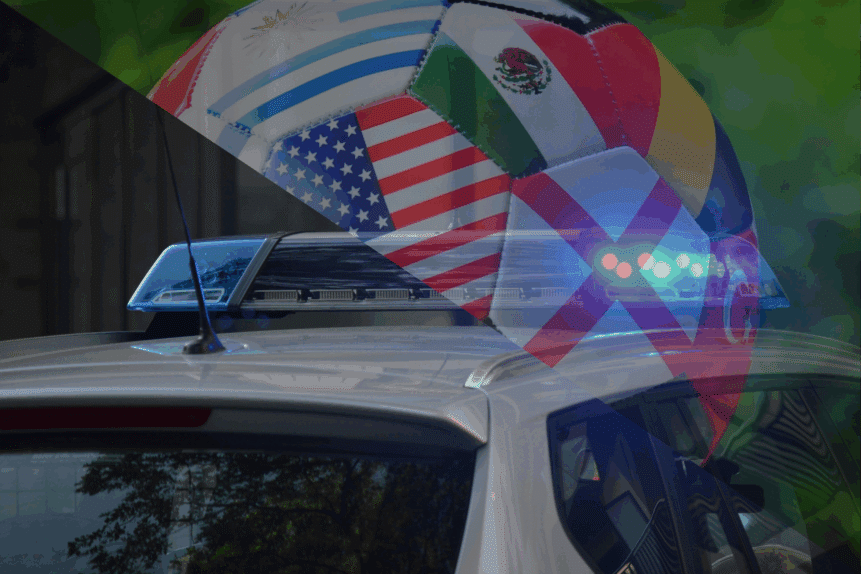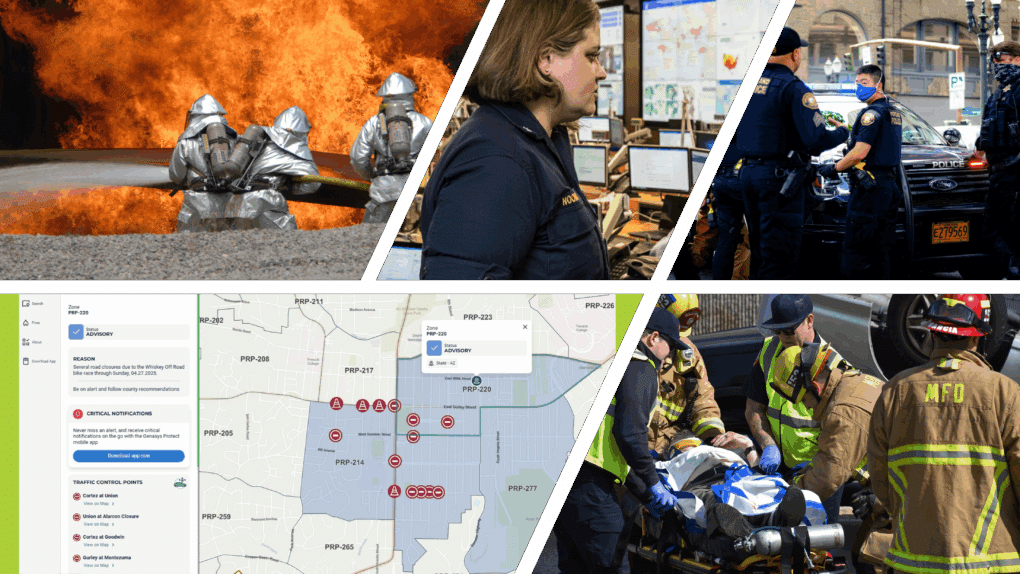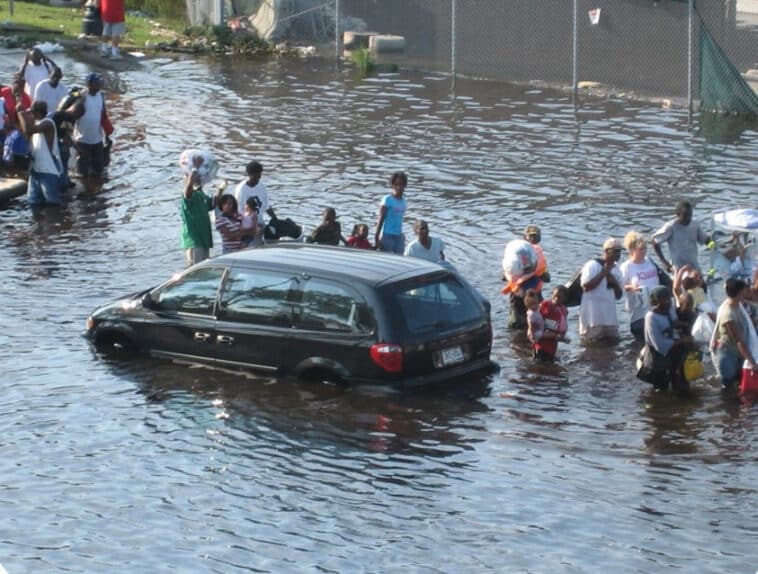By Pedro Candela, Content Marketing Manager at Genasys
The FIFA World Cup is more than a sporting spectacle: it’s a global convergence of cultures, traditions, and passions. In 2026, the United States will host this once-in-a-generation event, drawing millions of visitors from around the world. Alongside the excitement comes an unprecedented challenge: ensuring the safety and security of athletes, fans, officials, and the communities that welcome them.
For cities like Boston, Massachusetts, and Tacoma, Washington, which will host major World Cup activities and fan events, preparations are already well underway. The stakes are high, as World Cup celebrations extend far beyond the stadiums, into fan zones, public squares, waterfronts, and cultural centers. Planning for these massive gatherings requires meticulous coordination, communication, and the ability to adapt quickly when the unexpected happens.
The Challenge: Scale and Complexity
Large event safety is never simple, but the World Cup adds multiple layers of complexity. Host communities must prepare for:
- Massive Crowds: Game days will bring tens of thousands up to hundreds of thousands of people into key locations. In Boston, a typical weekday sees 1.2 million people in the city, and World Cup festivities will push those numbers even higher.
- International Visitors: Diverse languages, customs, and fan traditions will require nuanced communication strategies and cultural awareness.
- Multiple Concurrent Events: Tacoma’s Fourth of July waterfront celebration alone draws 100,000 visitors. In 2026, that will coincide with World Cup fan events and tribal celebrations hosted by the Puyallup Nation.
- Security Risks: From protests and disruptive activities to critical infrastructure vulnerabilities, every potential risk must be factored into operational plans.
The Solution: Early, Inclusive, and Flexible Planning
For both Boston and Tacoma, the preparation process has started years in advance. Leaders are focused on three core pillars:
- Coordinated Partnerships
Success depends on more than police, fire, and EMS. Event safety teams are integrating state agencies, neighboring jurisdictions, tribal governments, federal partners, and private sector stakeholders into a shared planning framework. This ensures that no critical group is left out of the loop, a lesson learned from past large-scale events such as the Super Bowl and NBA All-Star Game. - Clear and Multilingual Communication
Emergency alerts, traffic updates, public safety messages, and event information need to reach audiences in their preferred language and on the channels they already use. Cities are building dedicated World Cup communication channels, pre-scripted messaging, and multilingual translations to meet language access requirements. Fan profiles provided by FIFA will help tailor messaging, anticipate fan traditions, and avoid misinterpretations of celebratory behavior. - Technology-Driven Situational Awareness
Modern emergency management platforms like Genasys Protect will give planners the ability to communicate instantly with targeted zones, share real-time updates, and map critical infrastructure for rapid decision-making. This includes public alerting, as well as internal notifications, to emergency coordination centers and first responders. By using the same platform across agencies, partners can see the same map, target the same areas, and keep their messaging aligned.
Training for the Unexpected
Even the best plans can falter without practice. That is why both cities are investing in tabletop exercises, functional drills, and eventually full-scale rehearsals ahead of 2026. These exercises identify gaps in continuity plans, clarify each department’s role, and test communications under realistic conditions.
In Tacoma, for example, not every department has its own emergency manager. Training ensures that designated representatives understand their role in the city’s Emergency Coordination Center, and that they can act as the eyes and ears of their agency during an incident. Similarly, Boston is running coordinated training with state and local partners, including a Joint Information Center with operations to ensure consistent public messaging.
Beyond the World Cup
While all eyes are on 2026, the investment in systems, training, and partnerships will benefit communities long after the tournament ends. The World Cup is an opportunity to refine tools, strengthen relationships, and prove capabilities on the world’s biggest stage. Lessons learned and improvements made will apply to everything from local festivals to future disaster response.
For cities, the post-event goal is to maintain this momentum. As Boston’s and Tacoma’s emergency managers emphasized, the technologies and processes developed for the World Cup should be integrated into day-to-day operations, ensuring they are second-nature when the next major challenge arises.
The Role of Genasys Protect
For these host cities, Genasys Protect has become a central pillar of their World Cup readiness. From multilingual, multi-channel mass notification to geotargeted alerts and internal coordination, the platform enables both proactive communication and rapid crisis response. The ability to adapt alert templates, integrate with maps of critical infrastructure, and reach people wherever they are helps ensure that no one is left in the dark.
As the countdown to 2026 continues, one truth is clear: the success of the World Cup will be measured not just in goals scored but in the safety, security, and positive experiences of everyone involved. Achieving that will require the kind of foresight, partnership, and innovation already underway in Boston, Tacoma, and cities across the country.
To hear the full discussion with Boston’s Ky’Ron Owens and Tacoma’s Shontieka Adeogun, including their candid insights, lessons learned, and planning tips, watch the recorded webinar here.




